For nearly a year, suffering from dull pain in the left hip joint, Ms. KQT (39 years old, Hanoi ) went to many places for examination but could not find the cause. Only when she visited MEDLATEC Tay Ho and was prescribed an MRI scan, was she diagnosed with iliopsoas abscess, a rare disease that is easily overlooked due to atypical symptoms.
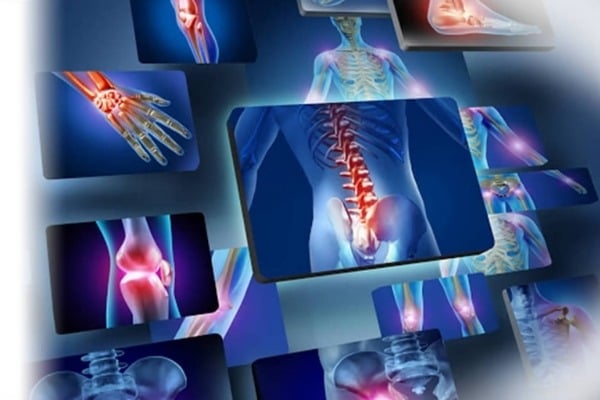 |
| Early diagnosis will help with effective treatment, avoiding complications such as widespread inflammation, affecting movement, respiratory function and quality of life. |
Ms. KQT, 39 years old, is an office worker living in Hanoi. For nearly a year, she has suffered from dull pain in her left hip joint, recurring periodically, especially increasing when moving or during pregnancy. She has visited many places, performed regular health check-ups, including abdominal ultrasound and urine tests, but no clear cause has been found.
The pain was still persistent and did not stop, making her tired and greatly affecting her daily life. It was not until she went to MEDLATEC Tay Ho General Clinic for examination that her condition was accurately discovered.
After being thoroughly examined by Dr. Mac Thuy Chi, a specialist in Musculoskeletal System, and assigned to perform a series of specialized paraclinical techniques, the hip ultrasound results showed fluid accumulation and edema in the left iliopsoas muscle.
MRI of the hip joint clearly identified an inflammation and abscess at the anterior position of the left femoral neck. The doctor came to a definitive diagnosis: The patient had a left iliopsoas abscess - a common disease but easily overlooked due to atypical symptoms.
Ms. T. was then advised on a treatment regimen. After only one week of active treatment, the pain was reduced by 80%, movement of the left hip joint was easier, and a follow-up ultrasound also showed that the fluid collection had significantly shrunk.
Iliopsoas abscess is a localized collection of pus in the iliopsoas muscle, a deep muscle group that plays an important role in thigh flexion, body balance, and lumbar spine support.
Due to its special anatomical location, close to organs such as intestines, kidneys, blood vessels, etc., this muscle is susceptible to infection spreading from surrounding areas or through the bloodstream, forming an abscess without causing obvious symptoms.
In cases like Ms. T.'s, the main symptom is just a dull pain in the groin - hip area, spreading to the front of the thigh, increasing when bending the hip, standing up, turning the body. Patients often do not have a fever, no swelling, heat or redness, so it is easily confused with mechanical hip pain, spinal degeneration, sacroiliitis...
There are two main groups of causes leading to ilio-lumbar abscess. The first is primary, caused by bacteria moving from the blood and creating pus, often found in young, healthy people, the common bacteria is Staphylococcus aureus.
The second group is secondary, accounting for the majority, due to infection spreading from neighboring organs, often seen in patients with a history of spinal tuberculosis, appendicitis, colitis, infectious hip arthritis, urinary tract infections, discitis... Blood tests may show increased white blood cells, CRP, clear but non-specific signs of inflammation.
In terms of imaging, pelvic ultrasound can suggest a fluid collection, however, due to the deep location of the lesion, the sensitivity of ultrasound is limited. MRI is considered the gold standard in diagnosing this disease, allowing a clear assessment of the image of inflammation, necrosis, as well as the extent of the lesion.
In Ms. T.'s case, the only clinical signs were a positive Psoas sign and pain during active or passive hip extension, which led the doctor to suspect a deep muscle injury. Thanks to timely diagnosis and MRI performed at MEDLATEC, the disease was identified and treated early, avoiding dangerous complications.
However, during the treatment, there was a factor that made it difficult for the doctor: the patient refused to have the abscess aspirated for microbiological testing to determine the bacteria causing the disease.
This is an important technique to help choose the right antibiotic, especially in the context of the increasingly common multi-resistant bacteria in Vietnam. Empiric antibiotic treatment can help improve symptoms temporarily but has the risk of making the disease persistent, prolonged or recurring.
MSc. Dr. Trinh Thi Nga, Head of the Department of Musculoskeletal, MEDLATEC Healthcare System, recommends that people with signs of prolonged hip pain, of unknown cause, recurring many times should be examined by a specialist and undergo in-depth imaging diagnosis, especially MRI.
Early diagnosis will help in effective treatment, avoiding complications such as widespread inflammation, affecting movement, respiratory function and quality of life. Ms. T's case is a typical example of a disease that is not uncommon but is easily missed if not carefully and properly assessed.
Source: https://baodautu.vn/benh-ly-xuong-khop-de-nham-lan-kho-phat-hien-d373013.html




![[Photo] Solemn opening of the 8th Congress of the Central Public Security Party Committee, term 2025-2030](https://vphoto.vietnam.vn/thumb/1200x675/vietnam/resource/IMAGE/2025/10/4/f3b00fb779f44979809441a4dac5c7df)
![[Photo] General Secretary To Lam attends the 8th Congress of the Central Public Security Party Committee](https://vphoto.vietnam.vn/thumb/1200x675/vietnam/resource/IMAGE/2025/10/4/79fadf490f674dc483794f2d955f6045)

![[Photo] Bustling Mid-Autumn Festival at the Museum of Ethnology](https://vphoto.vietnam.vn/thumb/1200x675/vietnam/resource/IMAGE/2025/10/4/da8d5927734d4ca58e3eced14bc435a3)



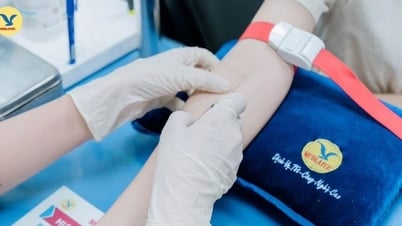


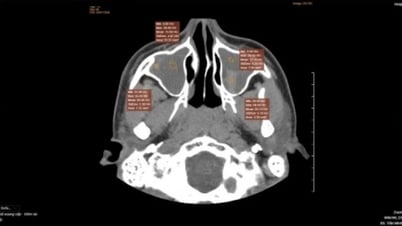


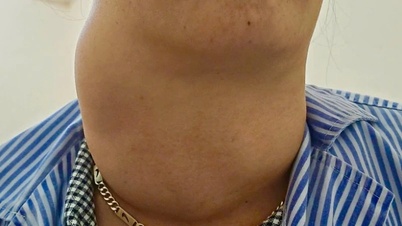



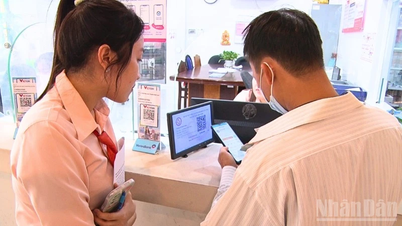





































![[VIDEO] Summary of Petrovietnam's 50th Anniversary Ceremony](https://vphoto.vietnam.vn/thumb/402x226/vietnam/resource/IMAGE/2025/10/4/abe133bdb8114793a16d4fe3e5bd0f12)

![[VIDEO] GENERAL SECRETARY TO LAM AWARDS PETROVIETNAM 8 GOLDEN WORDS: "PIONEER - EXCELLENT - SUSTAINABLE - GLOBAL"](https://vphoto.vietnam.vn/thumb/402x226/vietnam/resource/IMAGE/2025/7/23/c2fdb48863e846cfa9fb8e6ea9cf44e7)


































Comment (0)